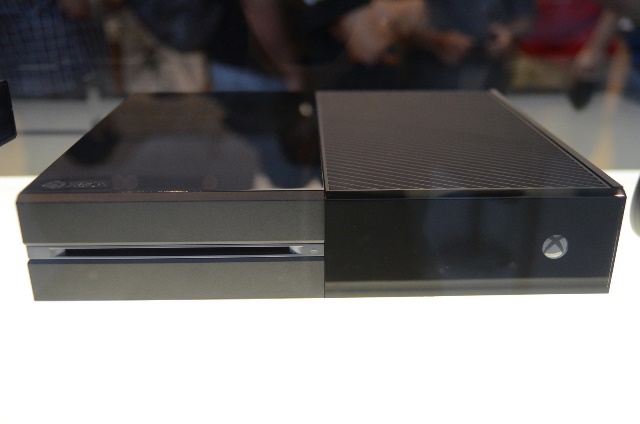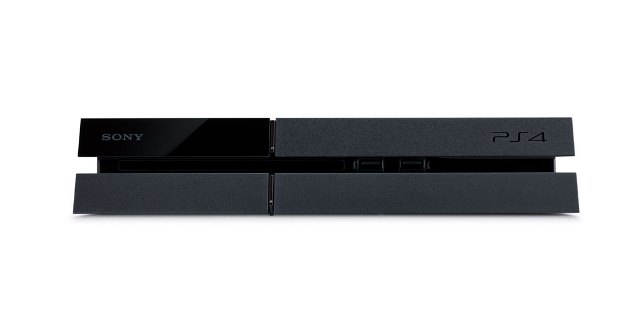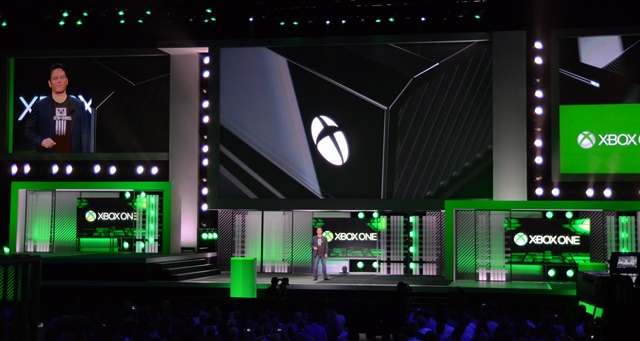Opinion: No sense in worrying about third-party DRM
You’re angry, and I can understand that. You didn’t much care for Microsoft’s announcement last month that its next-generation console, the Xbox One, will feature oppressive DRM measures. The once-every-24-hours online check-in when playing on your own console and the once-an-hour check-in when playing on someone else’s is only slightly less draconian than what the public was fearing would be announced. On top of that, publishers will also have the option to limit gamers’ ability to buy, sell and trade used games.
The anger is based on the gaming public’s deduction that Microsoft’s goal is to minimize the used game market on the Xbox One. And while it does not appear poised to put forth any mandates to make that happen, it will be giving publishers, itself included, a host of new tools that will make it possible to achieve that goal. It would seem, then, that the public is right to be angry. It’s right to remain angry, too.
On Monday of last week I took my seat at University of Southern California’s Galen Center and watched as Microsoft talked about precisely what it said it would at E3: the games. That’s great, because the games are ultimately — or should be, at least — the main reason anyone decides to invest in a new gaming platform. It’s also bad, though, because it meant the platform holder did nothing to assuage gamer fears of an ironfisted Microsoft crippling the used game market.
That evening, rival Sony held its own press conference in which Sony Computer Entertainment America President and CEO Jack Tretton all but sat Microsoft Interactive Entertainment Business President Don Mattrick over a dunk tank and handed the audience softballs. Forget about bad. Things were now looking terrible for Microsoft.
Read my lips: no new DRM
Tretton announced that Sony would not be introducing any new DRM features with the launch of its PlayStation 4 console later this year. First-party Sony games will not have DRM, and third-party publishers will not have any new DRM tools with which to play. To review, first-party Xbox One games will have DRM; first-party PS4 games will not. Third parties will have the option to use shiny new DRM techniques with their One releases; third parties will not be able to use new DRM techniques on the PS4… they’ll be able to use the same old ones that have been around for years.
Sony’s Senior VP of World Wide Studios America Scott Rohde told Polygon that he believes Sony is showing third parties the right way to release PS4 games by its own actions, meaning it hopes they will not use new DRM. Rodhes also said that “it would be pretty surprising to me to see a third party come up with some way to set a new set of DRM rules.” Did you catch it? It was somewhat subtle, so you may have missed it, but the operative word in his statement is “new.” Sony doesn’t think you’ll be dealing with any newfangled DRM issues when you sit down to play a PS4 game; instead, you may just have to deal with the same old ones that have been so maligned these past several years. So you’ve got that to look forward to.
Make no mistake, the fact that Sony’s own games won’t have DRM and Microsoft’s will should not be downplayed. It’s a major win for Sony in the eyes of gamers, and it could be a difference maker for buyers. However, for the purposes of this article, let’s focus on third-party releases. If you’re thinking about basing your next-gen purchase decision based solely or partially on the issue of third-party DRM, don’t.
What’s good for the goose…
No third party is going to flick the switch and turn on Microsoft’s Xbox One DRM and turn around and release the same game on the PlayStation 4 without implementing some form of DRM of its own design. Why would one? The industry heard the raucous cheers following Sony’s announcement that it would not implement new DRM onto its system. Publishers get it. You don’t much like DRM, and many of you are using your wallets to assert as much. Armed with that knowledge, a third-party publisher would be insane to release a multiplatform game with DRM on the Xbox One and without it on the PS4. (Sure, there are still exclusive third-party games to worry about, but those are about as rare these days as fans of the Xbox One outside of Redmond are.)
Games — especially the kind of AAA games released by major publishers that concern themselves with things like lost revenue from used game sales — cost money to make. Games cost money to port. Games cost money to market. Games cost money to distribute. No one is going to dump tens of millions of dollars into creating, promoting and releasing a game on both Xbox One and PlayStation 4 and make the One version so obviously inferior in the eyes of consumers. Certainly publishers have released multiplatform games that played better on one console than another in the past, but never have they gone out of their way to purposely spend large sums of money releasing one version with features that encourage consumers not to buy it, while releasing another version sans said features. They aren’t about to start doing it, either.
No, instead we’re going to see one of two things play out. The first possibility is that a publisher will choose to release its multiplatform games 100 percent free of DRM on both the One and the PS4. The second is that a publisher will choose to utilize Microsoft’s DRM measures in conjunction with the release of the One version of its games and some sort of online pass program of its own invention with the PS4 versions of its games. At least some publishers will go with the first option. Some may go with the second. But what none of them will do is use only Microsoft’s DRM. There is little to be gained in that scenario and much to be lost.
To date, no publisher has been willing to comment on whether or not it will take advantage of Microsoft’s optional DRM. It has long been believed that the third parties were pressuring both Microsoft and Sony to put strict DRM into their respective next-gen machines. If that is indeed the case, none of them wish to fess up to that reality in the wake of the backlash to Microsoft’s doing so and cheering of Sony’s electing not to do so.
Each publisher will eventually have to take a stand on this issue, just don’t expect any of them to take one that instantly makes all of their PS4 releases look superior to their Xbox One releases. There’s simply too much money to be lost for them to do so.




